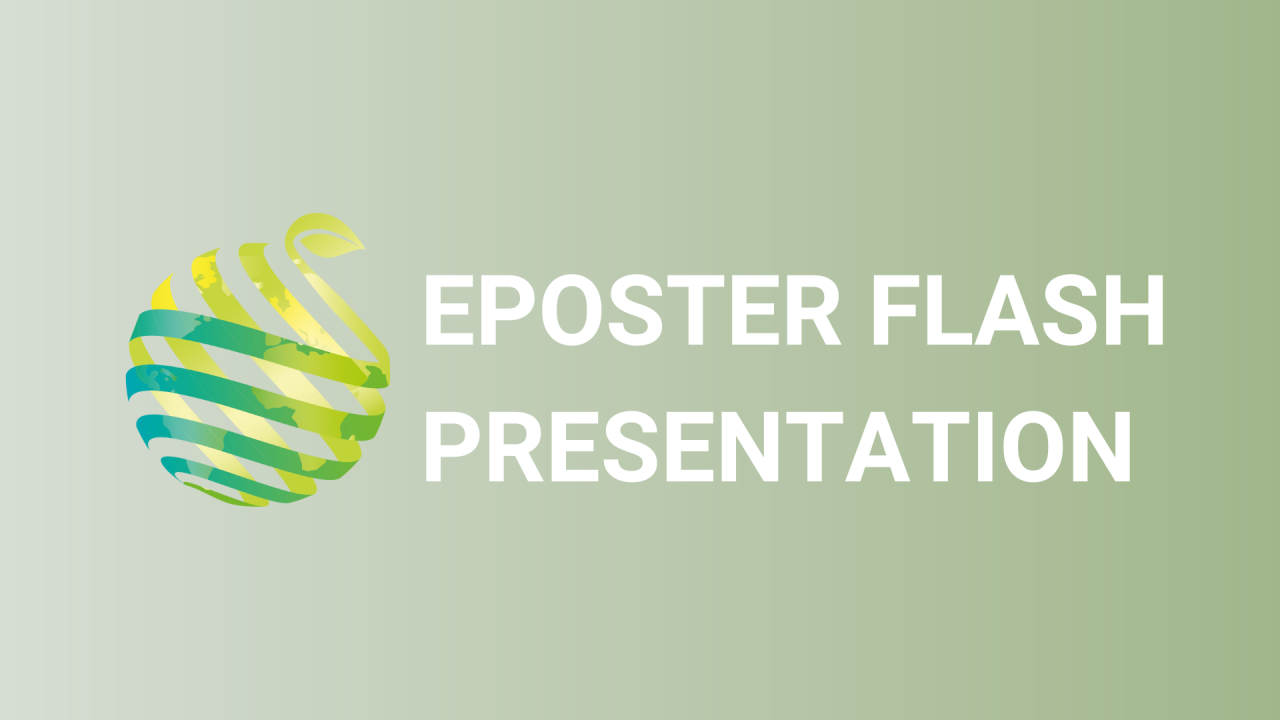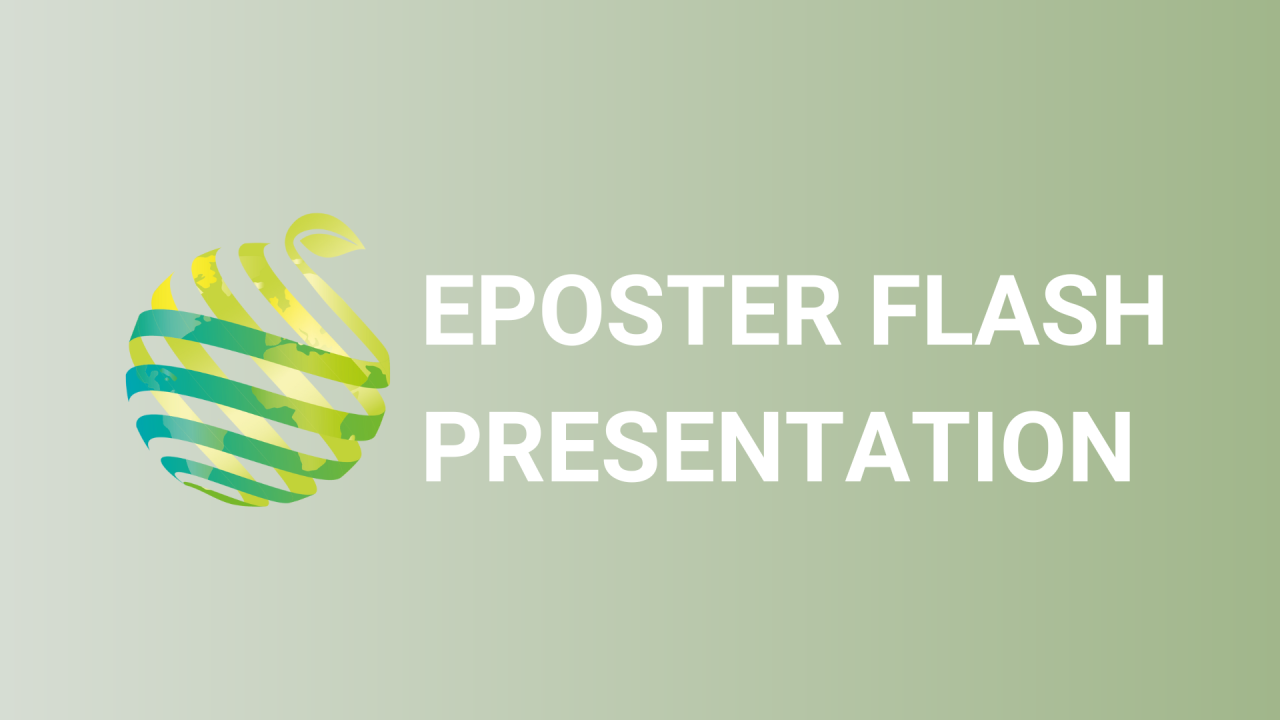

S14 - Session P1- Towards enlightened choices for both natural enemies and plants! Screening of artificial light conditions favoring bug predation & their effect on selected phytohormones
Information
Authors: Morgane Canovas *, Adam Barrada, Jonathan Levesque, Tigran Galstian, Martine Dorais
Supplemental lighting (SL) technologies like light-emitting diodes (LEDs) are being optimized for various horticultural purposes, from increasing crop yield to controlling ornamental appearance. While managing pest outbreaks without the use of chemicals is an ongoing challenge, SL effects on natural enemies have been overlooked, especially regarding insect predators. Moreover, light is also a key modulator of plant immunity, suggesting that it could be possible to reduce pest activity by simultaneously promoting natural enemies and plant defenses by manipulating lighting regimes. The aim of our study was to screen for artificial light favoring predation by the bug Orius insidiosus (Say) towards its prey, the thrips Frankliniella occidentalis (Pergande). We also determined the effects of different light color ratios on the main phytohormone pathways in the model plant species Arabidopsis thaliana . Artificial light ratios with specific Blue/Red (10% B, 25% B, 50% B and 90% B) and Blue/Green/Red (1:1:2) proportions were tested at different light intensities (50, 150, 300, 450 and 600 µW/cm²) via an LED-controlling device. In a small-scale experiment, predator and prey behaviors were recorded for 5 minutes to assess predation efficiency parameters (time before 1 st attack, attack number and capture probability). In a second experiment, transgenic A. thaliana DR5::GUS, TCSv2::GUS, LOX2::GUS and PR1::GUS seedlings were exposed to light ratios for 24h at constant intensity (300 µW/cm²). By using these lines carrying the β-Glucuronidase (GUS) gene fused to a different promoter inducible by a specific hormone, we respectively looked for changes in auxin, cytokinin, jasmonic acid and salicilic acid accumulation patterns. Light treatments with the highest predation levels, and plant hormonal profiles with potential benefits for plant growth or defenses will be tested on cucumber at larger spatiotemporal scale before validation in commercial greenhouses. Ultimately, our approach will allow precise SL recommendations to promote pest control and horticultural performances.